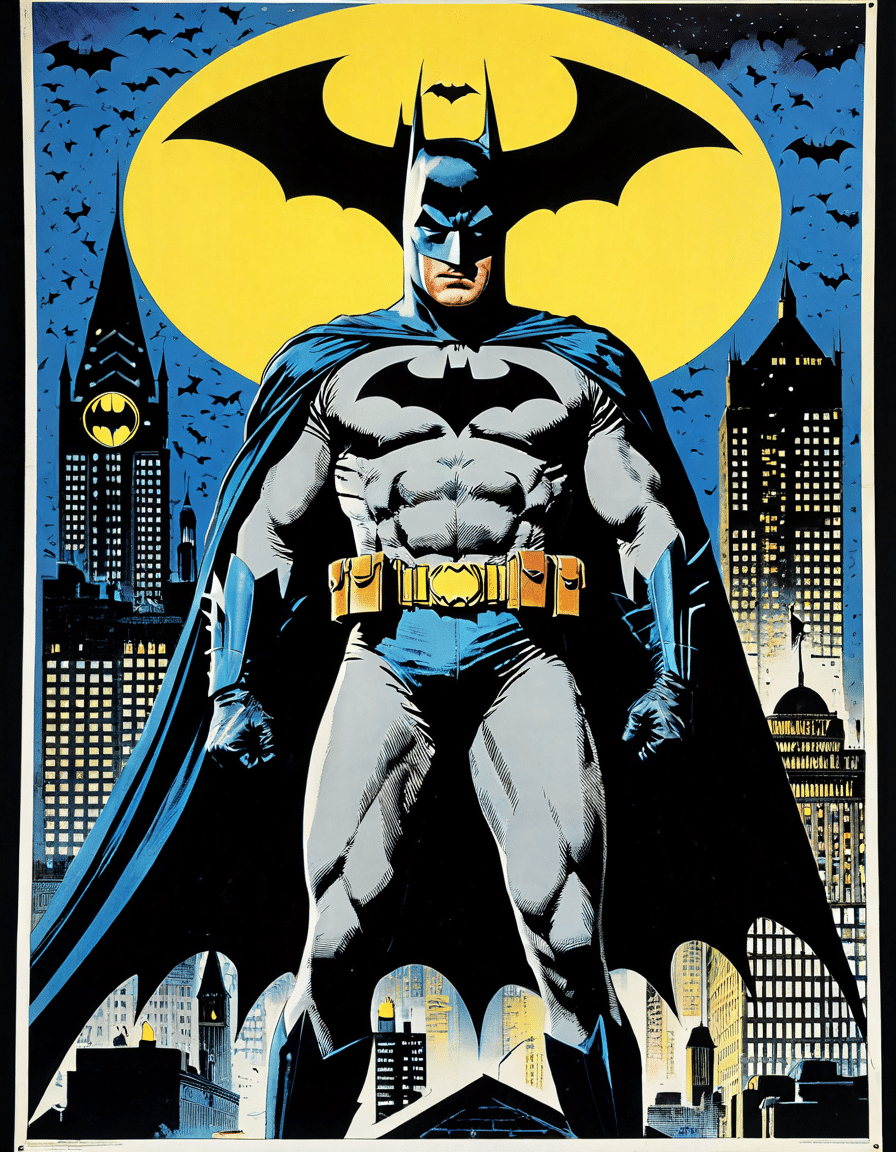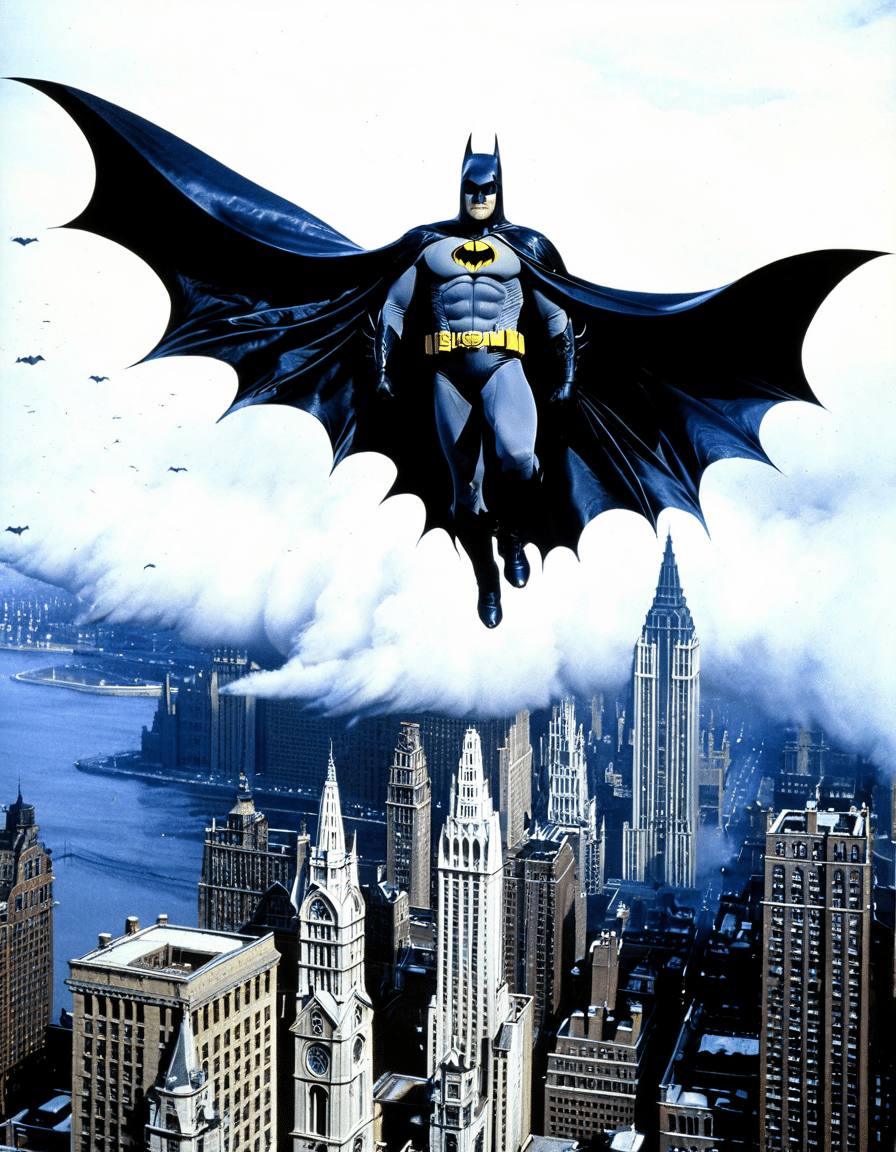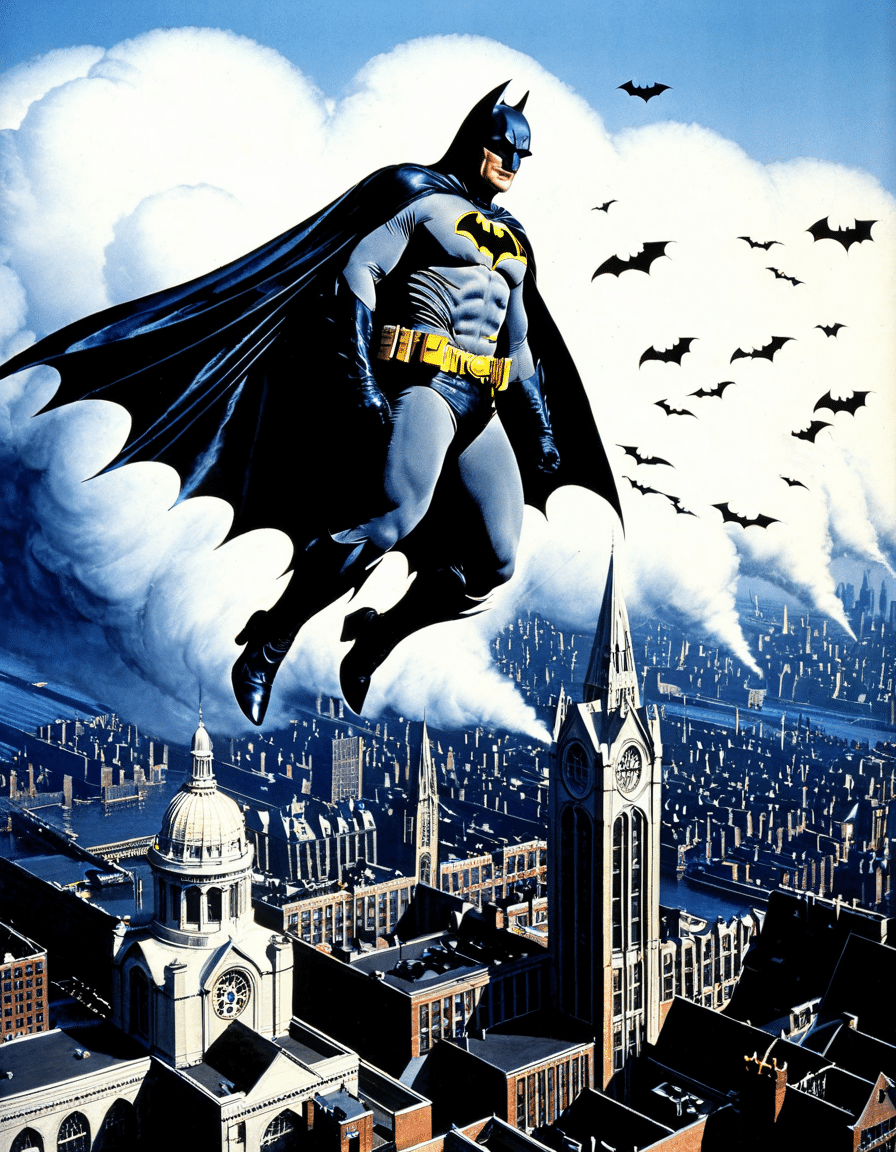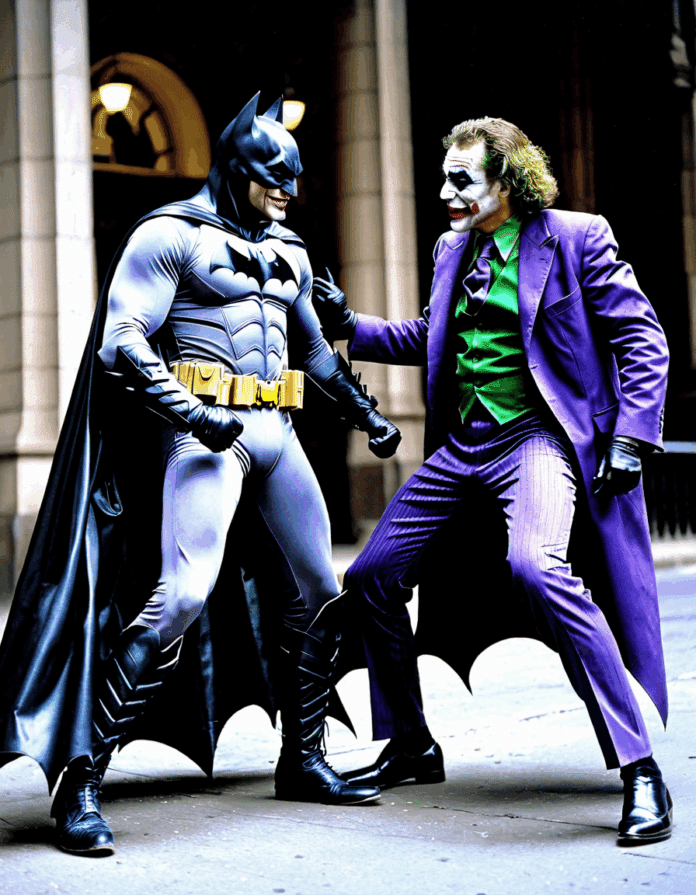When we talk about the birth of modern superhero cinema, we can’t ignore the seismic shift that occurred with the release of Batman in 1989. Directed by Tim Burton, this was no ordinary superhero flick; it reshaped the entire landscape of Hollywood, locking in a darker, more complex tone for storytelling that still reverberates through films today. From Marvel movies to DC adaptations, the lessons learned from Batman 1989 have left an indelible mark, inspiring both filmmakers and audiences alike.
As we dive into the legacy of this cinematic gem, let’s explore how Batman 1989 set a new standard for superhero films, influenced a myriad of characters, and became a cornerstone of pop culture that still reigns supreme.

7 Ways Batman 1989 Redefined Superhero Movies
1. A Darker Tone and Complex Characters
Before Batman 1989, superhero flicks often leaned into a campy vibe, much like the 1960s television series. But Tim Burton flipped the script. He introduced a darker aesthetic alongside characters with layers—think about Bruce Wayne battling his own demons and the Joker, a villain who wasn’t merely evil but supremely nuanced. This approach paved the way for deeper storytelling in future films, influencing not just the Batman movies that followed but also Marvel characters like Daredevil and Jessica Jones, who tackle their own moral complexities while wrestling with their destinies.
2. Establishing Iconic Villains
Let’s face it: you can’t talk about Batman 1989 without mentioning Jack Nicholson’s Joker. His portrayal was a game-changer, transforming the archetype of the comic book antagonist into something far more interesting. Rather than just a mustache-twirling villain, we got a performance rich with psychological depth and charisma. This unforgettable interpretation laid the groundwork for future portrayals, including those by Heath Ledger, who earned an Oscar, and Joaquin Phoenix in Joker (2019), reminding us that a villain can indeed have layers—and be thoroughly entertaining!
3. Visual Aesthetics and Tim Burton’s Style
Burton’s signature visual flair brought a gothic, expressionist style that turned Batman into a true work of art. The film’s imaginative yet unsettling backdrop contributed significantly to its atmosphere, making it stand apart from not only other superhero films but also mainstream blockbusters of its time. This stylistic influence is still palpable today, evident in movies like Man of Steel (2013) and the fantastical world-building in the Marvel Cinematic Universe, especially in projects like Doctor Strange.
4. Cinematic Score as a Character
We all know that a great score breathes life into a film. Danny Elfman’s haunting musical score became an essential character in Batman 1989, enhancing the mood and emotional stakes of each scene. This exemplary integration of music with storytelling paved the way for future projects, inspiring Marvel’s musical choices that imbue their heroes with distinct identities. Remember Iron Man’s theme? Or the spine-chilling orchestration when the Avengers assemble? All thanks to the groundwork laid by that magnificent Batman 1989 score.
5. Marketing and Merchandise Revolution
Batman 1989 wasn’t just a movie; it was a marketing juggernaut. It kick-started a merchandising frenzy, offering everything from action figures to costumes—the likes of which other superhero films would later emulate. Marvel movies have since embraced massive merchandising strategies, especially with the Transformers franchise, where action figures and collectibles helped rake in billions. The success of Batman 1989 showcased just how profitable a well-branded superhero could be, and it set a template for future franchises.
6. Cultural Impact and Iconography
Let’s not underestimate the cultural repercussions of Batman 1989. The film didn’t just introduce a new generation to Batman; it solidified his status as a pop culture icon. Catchphrases, merchandise, and even parodies started popping up everywhere, affecting how we see superheroes. Today, films like those from the Marvel Cinematic Universe thrive in a landscape that Batman 1989 helped create, making superhero cinema a staple in our entertainment culture.
7. Influence on Subsequent Batman Movies
The blueprint set by Batman 1989 has echoed throughout the years, laying the foundation for sequels like Batman Returns, reboots like Batman Begins, and even the recent The Batman (2022). Every Batman movie thereafter has tried to capture that essence while exploring different facets of the character. It’s a continuous evolution that demonstrates just how impactful Burton’s vision remains in today’s cinematic environment.

The Enduring Legacy of Batman 1989
In closing, Batman 1989 stands as a pivotal moment in the history of superhero films, reshaping not only how we view Batman but also what we expect from superhero cinema as a whole. It brought complexities to characters, a groundbreaking aesthetic, and a thrilling approach to storytelling that resonates across genres—from Hulk (2003) to Transformers (2007) and beyond.
So, as we revel in the glory of today’s superhero movies, let’s take a moment to appreciate the timeless legend that is Batman 1989. It’s not just part of our film history; it’s a testament to how stories can inspire creativity and push boundaries across generations. Now, that’s something worth celebrating!
For more on the latest movie news, check out updates on Ishana Night shyamalan or the Mary Poppins cast, and be sure to explore intriguing perspectives, like those surrounding Clayton Echard and Ishaan Khatter. And hey, if you’re interested in exploring job opportunities, you might want to check out server Jobs near me! Who knows? You might just find the perfect gig while discussing the finer points of Batman’s legacy.
Fun Trivia and Interesting Facts About Batman 1989
The Birth of a Legend
When Batman 1989 hit theaters, it truly reshaped superhero films forever. Directed by Tim Burton, this flick brought a darker, more serious approach to the caped crusader. It’s hard to believe, but the casting of Michael Keaton as Batman sparked quite a bit of controversy among fans who were used to the campy charm of earlier portrayals. Despite initial skepticism, Keaton’s performance laid the groundwork for a grittier version of Batman that audiences continue to appreciate. Speaking of entertainment that pushes boundaries, many are still buzzing about the bold themes in Ken Park, a film that similarly challenged viewers.
The film’s iconic score by Danny Elfman also played a huge part in setting the mood. It’s so memorable that many associate it with the very essence of Gotham City, much like how sports fans might recall Luke Kuechlys legendary plays on the field! In fact, the music became an instant classic upon release, showcasing how soundtracks can elevate a film’s atmosphere to dizzying heights. Little did anyone know that the success of Batman 1989 would kickstart a series of sequels that expanded on this memorable universe.
Behind the Scenes Shenanigans
Behind the scenes of Batman 1989 was a whirlwind of creativity and invention. Did you know that the Batmobile was an entirely bespoke creation? As cool as the Batmobile looks on-screen, it took a ton of work to get right. Designed from scratch, it became one of the most recognized vehicles in cinematic history! While we’re on the topic of unforgettable scenes, who could forget the Joker’s jaw-dropping entrance? The character, played by the brilliant Jack Nicholson, literally stole the show, just as a viral sensation like Skibidi Biden has taken the internet by storm, effortlessly blending humor with pop culture.
Filming took place in various locations, but the model city used for Gotham was particularly impressive. Built to showcase the film’s dark and gothic aesthetic, this cityscape not only entertained but also offered technical challenges that pushed the film crew’s creative boundaries. It’s fascinating to think how those early decisions about design and tone have influenced superhero films for decades, creating a legacy that extends far beyond just Batman 1989.
Cultural Impact and Legacy
The cultural impact of Batman 1989 is profound, affecting the superhero genre as a whole. It paved the way for films like The Dark Knight, opening doors for a new generation of heroes and villains to thrive on screen. Much like how film enthusiasts today analyze trends and themes in cinema, audiences back then were primed to embrace this darker iteration of Batman, showing how storytelling evolves with the times. This film didn’t just cater to comic book fans; it drew in a broader audience that was intrigued by the exploration of character depth and moral ambiguity, similar to the discussions sparked by various controversial films.
So, the next time you watch Batman 1989, remember it’s not just a film; it’s a monumental piece of cinematic history that reshaped how we view heroes. With a rich backdrop and memorable characters, the legacy of this film continues to thrive, making it a beloved classic to revisit. Whether it’s your first watch or your hundredth, there’s always something new to discover, much like the ever-fascinating layers behind iconic figures in pop culture.




